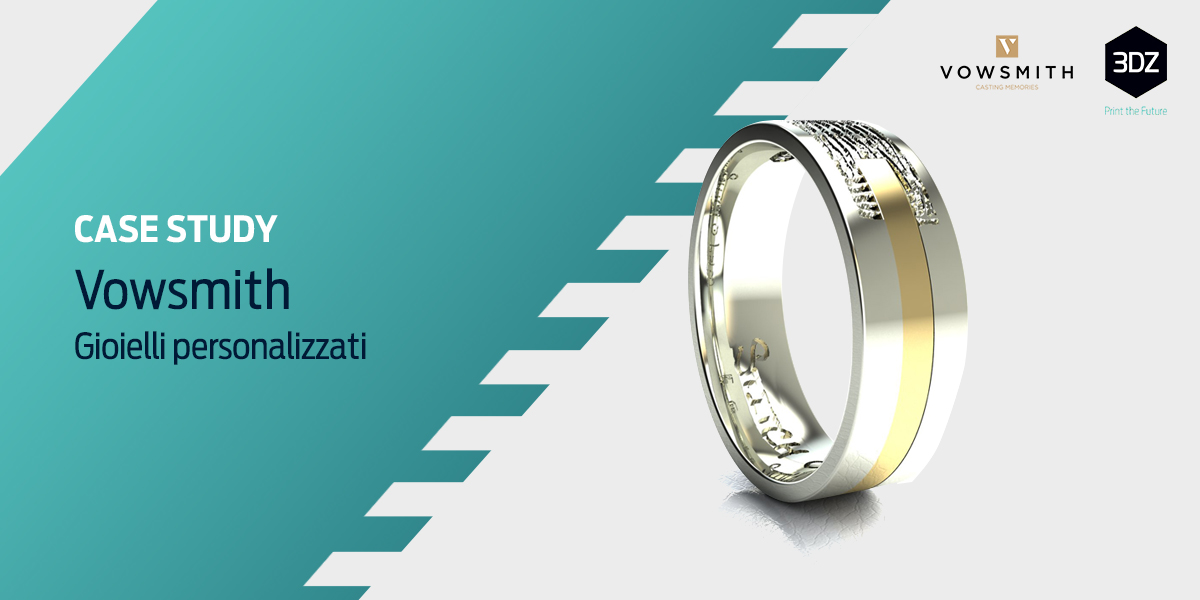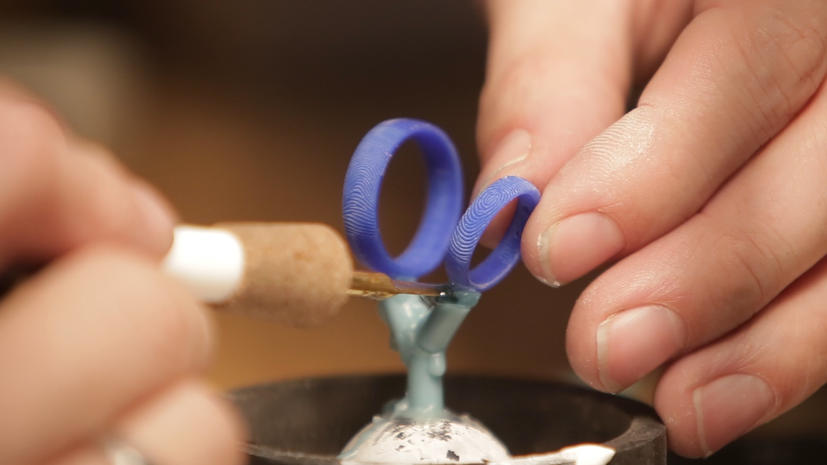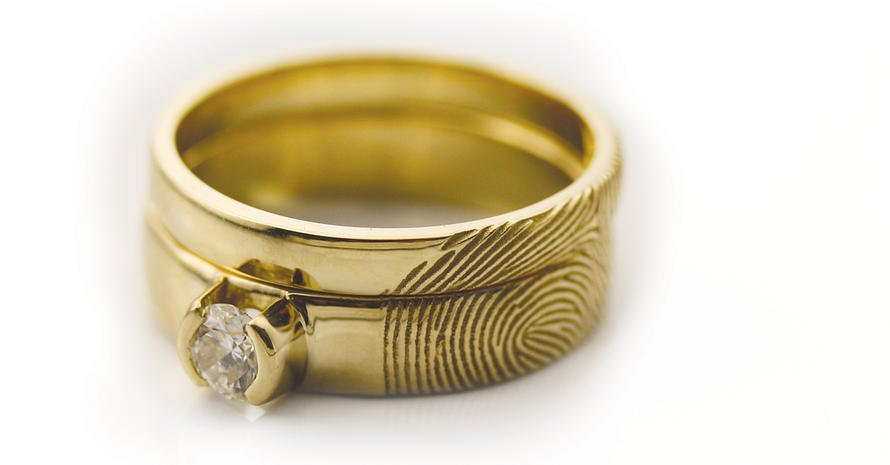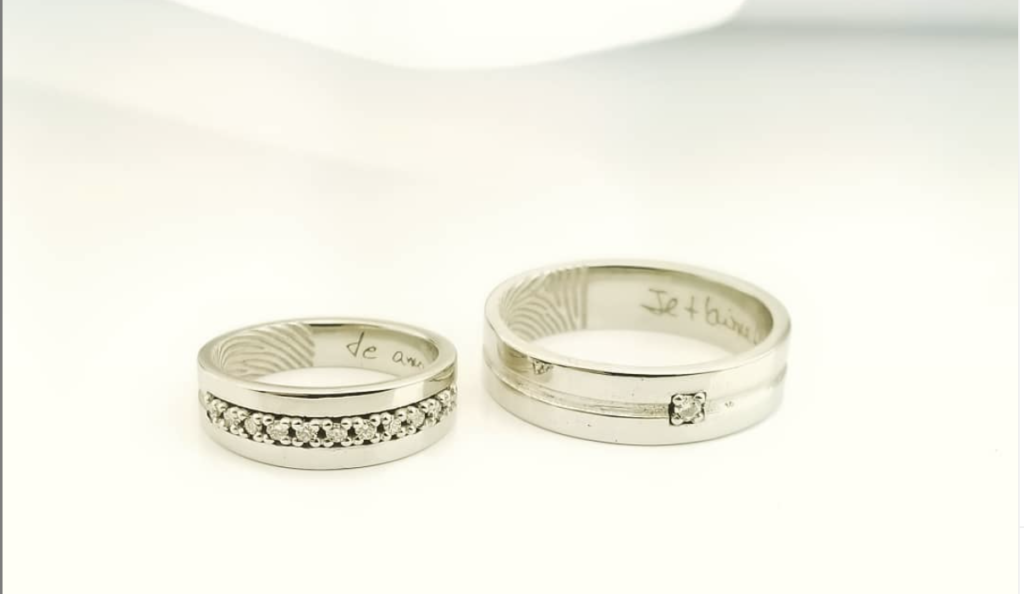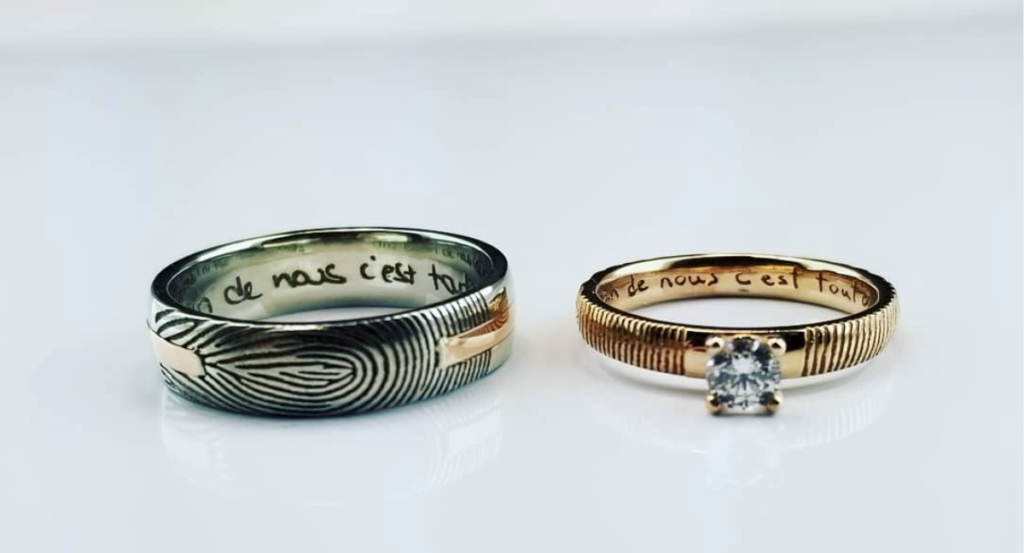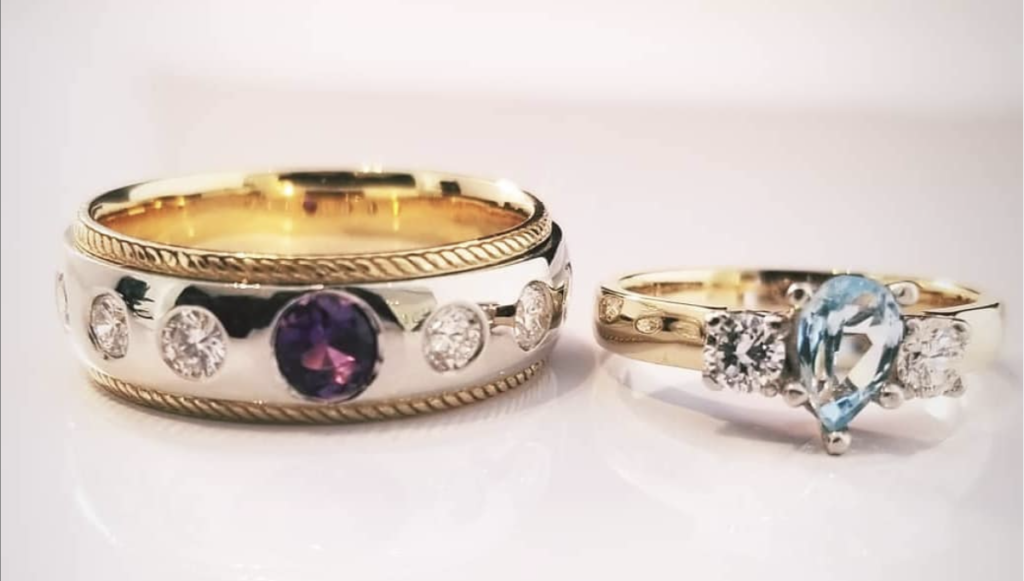Vowsmith relies on 3D Systems 3D printing
Jewelry wasn’t the first thing on Charles-Olivier Roy’s mind when he decided to build a mass customization business around 3D printing.
But he realized if he was going to set up what he calls a “mass personalization” business, he needed to provide a premium product, one that taps into a higher realm of emotion.
“I knew nothing about jewelry, but I quickly understood it would be a perfect playground for me,” says Roy, an industrial designer who previously founded Artisans du Passage, a company that merges art with 3D digital technologies.
“Most jewelry is bought to express emotion, which brings with it a higher price. And if there is a place ready for a revolution, it’s the jewelry workshop. Lost-wax casting, one of the oldest technologies in metallurgy, hasn’t changed much since ancient Egypt.”
The result of Roy’s philosophy, technological experience and intense planning is Vowsmith, founded in September 2014. Vowsmith is a digitally driven business that enables couples to purchase wedding rings directly from an e-commerce website and customize them with fingerprints of their beloved.
The key to making Vowsmith scalable is the 2500 W printer by 3D Systems, a machine that, according to Roy, “provides the highest level of detail as well as the highest yield available in real paraffin wax, which is ideal for optimal ring casting.”
Wide freedom of choice
The Vowsmith production process starts with an online customizer that enables customers to choose their ring according to size, shape, type of metal, an optional diamond, and engraving. A starter kit is sent to the customer to capture the couple’s fingerprints in ink. The customer takes a picture of the ink prints and uploads it to the Vowsmith website.
The fingerprints are digitized and imported along with the customized ring and its designated design features into a proprietary 3D modeling program. A high-resolution STL file is created in a matter of seconds and sent to the 3D Systems ProJet MJP Series for printing.
“We provide our customers with total control so they can dictate the design, choose the metal and diamond, and create something unique that fits their budget,” says Roy. “The whole 3D modeling is automated since it’s the customer choices made online that generate the high-resolution STL file for production. The printer is loaded more or less automatically as well.”
Beyond prototyping to production
During the last decade, 3D printing has become fairly common in the jewelry industry. But typically it is used for prototyping a master model that is mass-produced by traditional means. Vowsmith puts 3D printing at the heart of its production.
“The ProJet MJP Series is the keystone of our manufacturing process,” says Roy. “First, it’s a real wax printer. This means that there is no possibility of casting faults due to ashes or a cracked shell due to thermal expansion. Real wax burns out completely at low temperatures and in less time than resin-based systems, so we save on energy and improve yield.”
The VisiJet material used by the ProJet MJP Series produces high-definition parts with crisp details and a smooth surface finish. The support material is easy to remove in post-processing and preserves the ring’s delicate features.
“We don’t have to spend a second designing support structures for the 3D-printed rings,” says Roy. “We don’t lose productivity due to an unprinted part caused by badly supported areas. We don’t lose time repairing broken support surfaces.”
“The ProJet 2500 Wax has a massive build volume, delivers extremely high-resolution prints throughout the build bed, and can print at a speed with which no other equivalent 3D printer can compete,” says Roy. “We compete with mass production where every second counts, so we rely on the ProJet to deliver extremely high-detailed models with consistency at an unmatched yield.”
Fine-tuning and scaling the process
“It’s totally doable with today’s technology to receive a ring order in the morning, get it on the printer in the afternoon, cast it the next day, and ship for delivery the following day—72 hours from order to delivery.
Roy expects Vowsmith to sell between 4,000 to 5,000 rings over the next year. But, the company is already capable of producing 35 to 40 rings per print run and complete three to four batches each day, which would deliver an annual capacity of around 50,000 rings.
“Eventually we could print the casting tree completely, integrate mass finishing machines and even a CNC diamond and stone setter. And one promising technology for the future is direct metal printing (DMP); we’ve done some prototyping with DMP and have achieved very good results.”
Infinite possibilities
“We could upload any 3D model with any level of possible customization and be able to manage production without errors,” he says. “We think our infrastructure will continue to increase in value because it’s not based on physical inventory. We’ve coupled an infinite-productivity front end with an infinite-productivity back end.”
“The Millennials want to have their own product that reflects their own personality. This generation is shaping the future of retail.”
Roy says mass customization using 3D printing could even have a positive impact on the environment.
“It’s a business model where no inventory is produced, moved and stored before consumption. Could this be a valuable solution to the dramatic effects the first two industrial revolutions had over our planet”?



